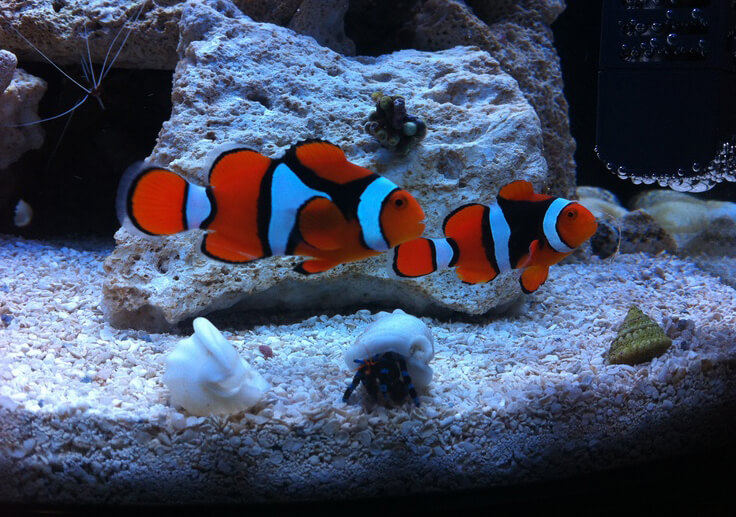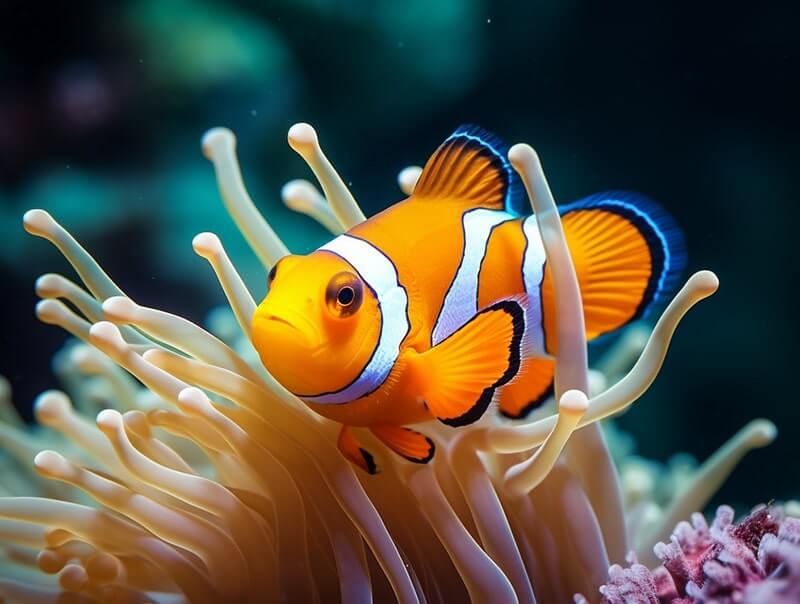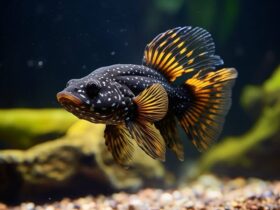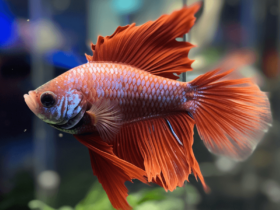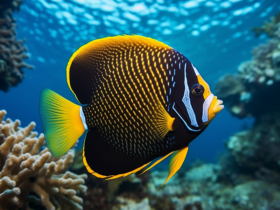Clownfish Characteristics
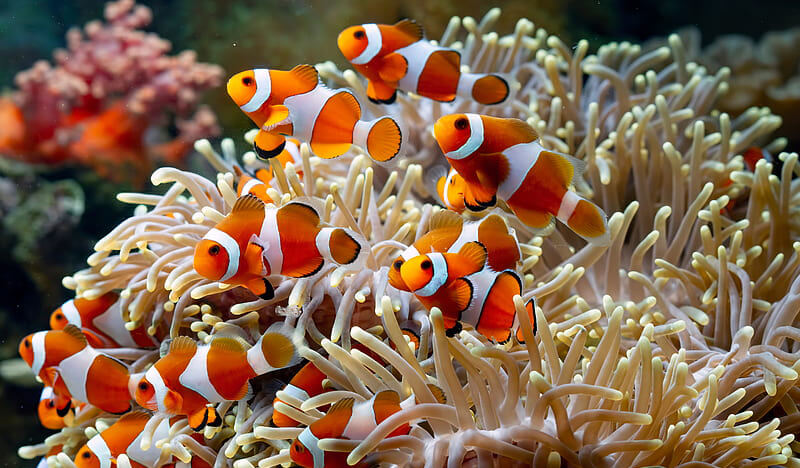
Clownfish, the charming aquatic companions, boast unique features that set them apart. With their distinctive bright colors and bold patterns, these little swimmers add a splash of vibrancy to any aquarium. Their small size and playful behavior make them a popular choice for fish enthusiasts of all ages.
Temperament

When it comes to personality, clownfish are true entertainers. These sociable fish are known for their curious and lively nature. They often engage in playful interactions with each other and other tank inhabitants. The remarkable bond they share with sea anemones, where they find refuge, showcases their remarkable co-dependence in the underwater world.
Size & Weight
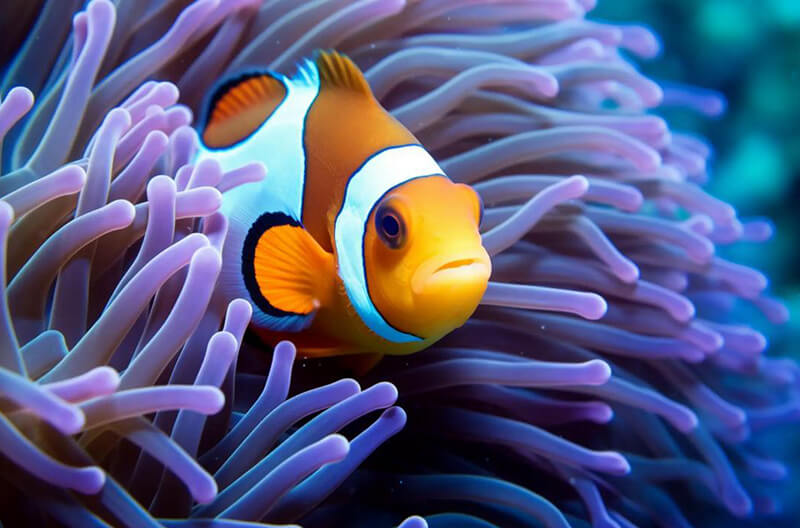
Despite their modest dimensions, clownfish pack a punch in terms of character. Measuring just a few inches in length and weighing a mere few grams, these pint-sized swimmers exhibit an incredible amount of spunk. Their small stature allows them to navigate intricate coral reefs with ease, making them a joy to observe.
Clownfish Colors
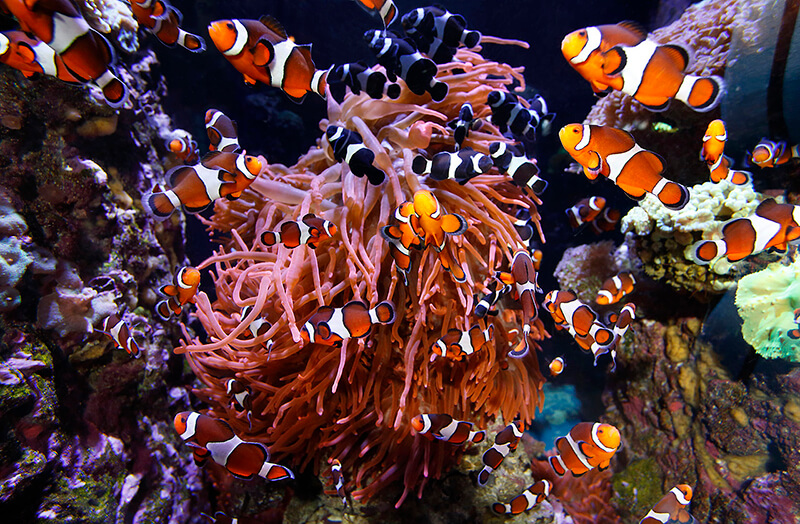
A visual delight for any aquarium enthusiast, clownfish display an array of vibrant colors. Their bodies are adorned with bold shades of orange, black, and white, often accented with striking patterns. This natural palette not only serves as a form of camouflage but also adds to their charismatic appeal.
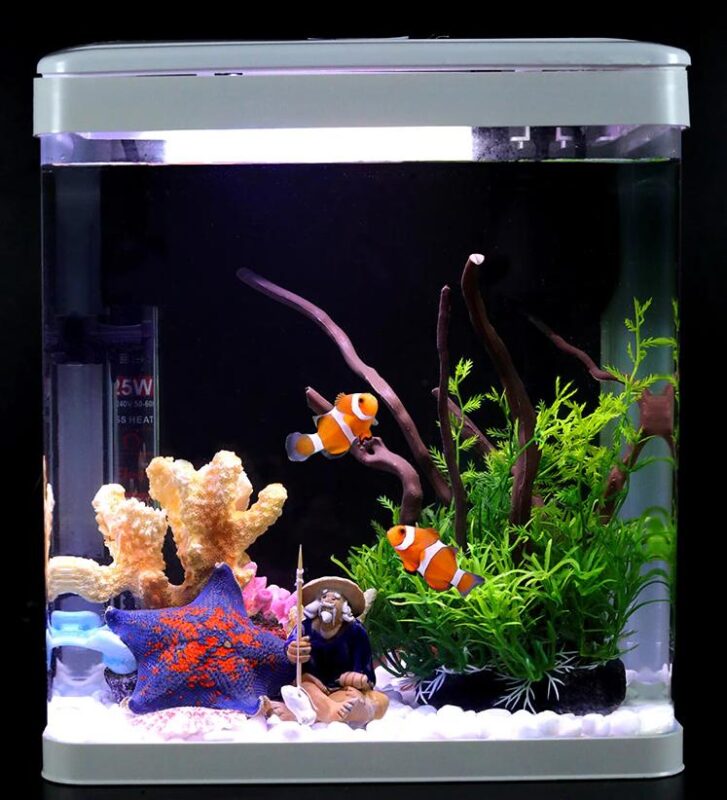
Lifespan
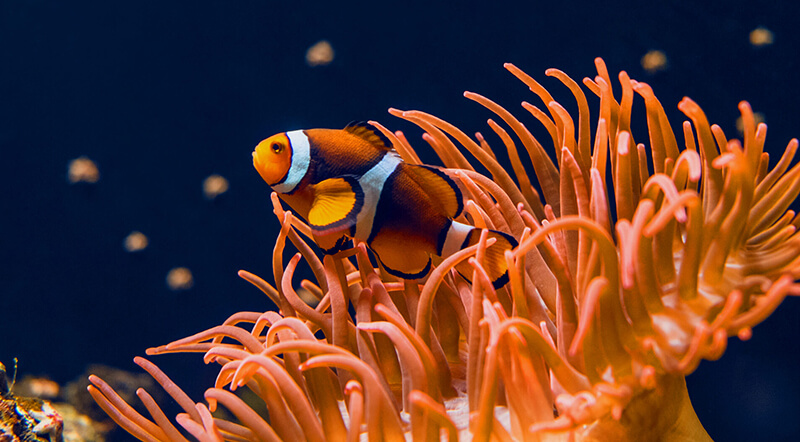
With proper care, clownfish can thrive impressively for 5 to 10 years in a well-maintained tank. Their extended lifespan allows for a lasting bond between pet and owner, creating cherished memories over the years.
Ideal Owners
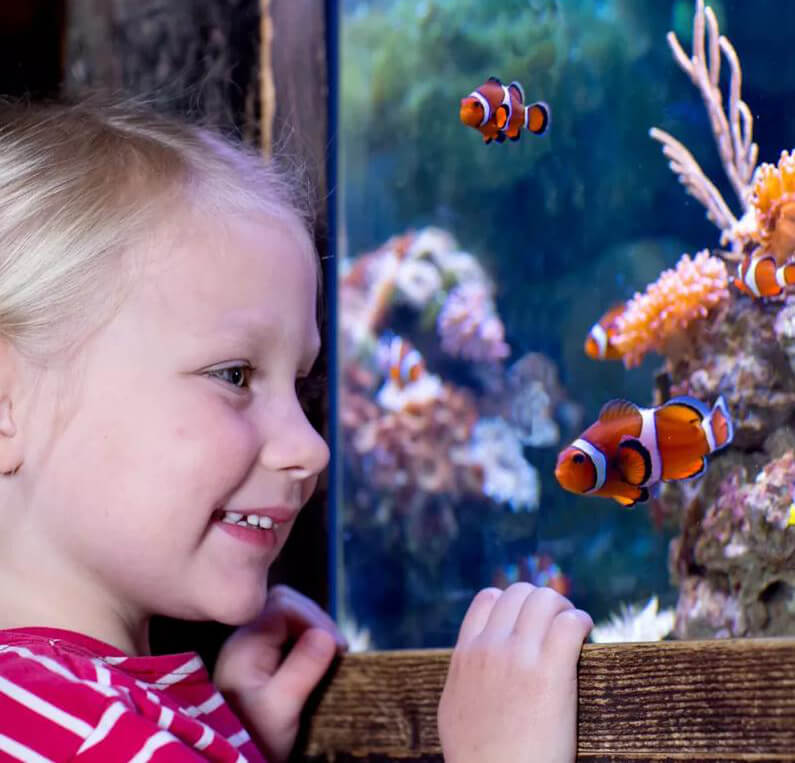
Clownfish are an ideal choice for both novice and experienced aquarium keepers. Their resilient nature and adaptability make them suitable for various tank setups. Novices will appreciate their hardy disposition, while seasoned enthusiasts can explore their intriguing behaviors and interactions with other tank inhabitants.
History
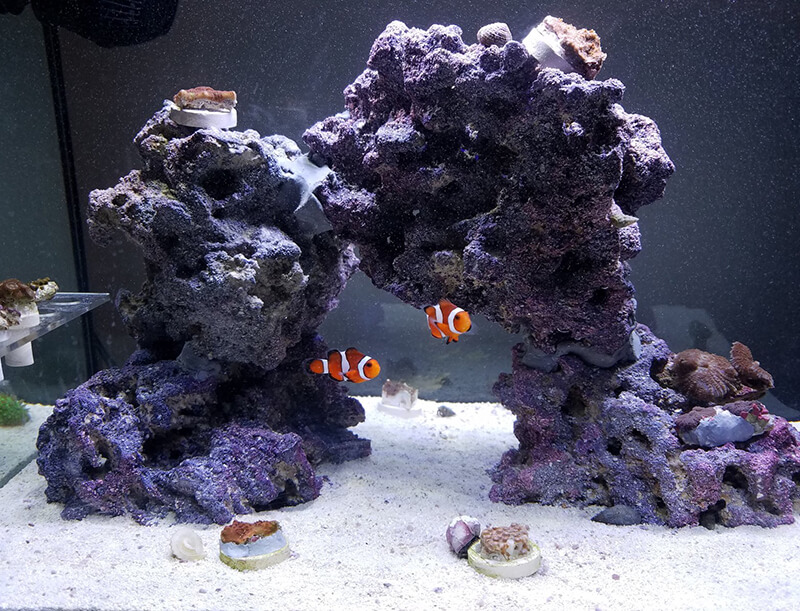
The captivating history of clownfish traces back to their fascinating symbiotic relationship with sea anemones. These fish have evolved to develop immunity to the stinging tentacles of these marine creatures, allowing them to find refuge and protection. This unique bond has captured the attention of researchers and hobbyists alike.
Clownfish Facts
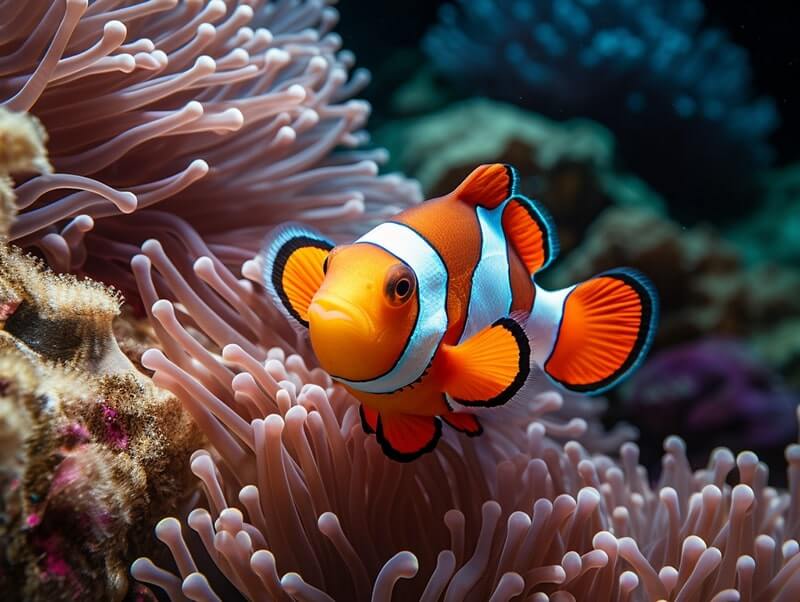
- Symbiotic Sanctuary: Clownfish have mastered the art of coexistence with sea anemones. Their relationship goes beyond just sharing a habitat; clownfish are immune to the stinging tentacles of their hosts. This remarkable adaptation allows them to find sanctuary amidst the swaying arms of sea anemones, forming a protective partnership unlike any other.
- Changing Roles: In the realm of clownfish, gender is not set in stone. They are sequential hermaphrodites, meaning they can change their sex during their lifespan. When the dominant female of a group dies, the largest male undergoes a transformation into a female. This unique biological switch ensures the survival of the group, shedding light on the intricate social dynamics of these aquatic communities.
- Toxic Defense: Clownfish possess a special layer of mucus on their skin that acts as protection against the stinging cells of anemones. This adaptation not only shields them from harm but also enables them to seek refuge within the tentacles of their host anemone without being harmed.
